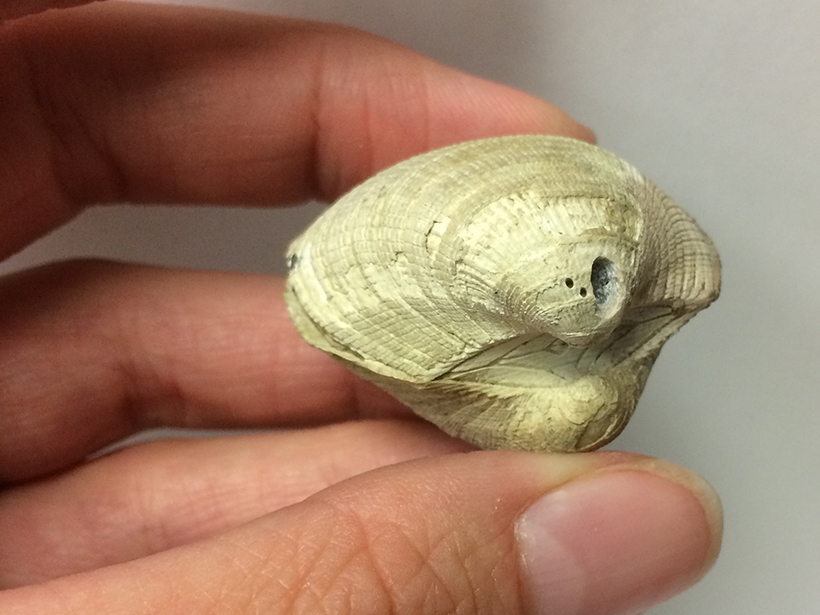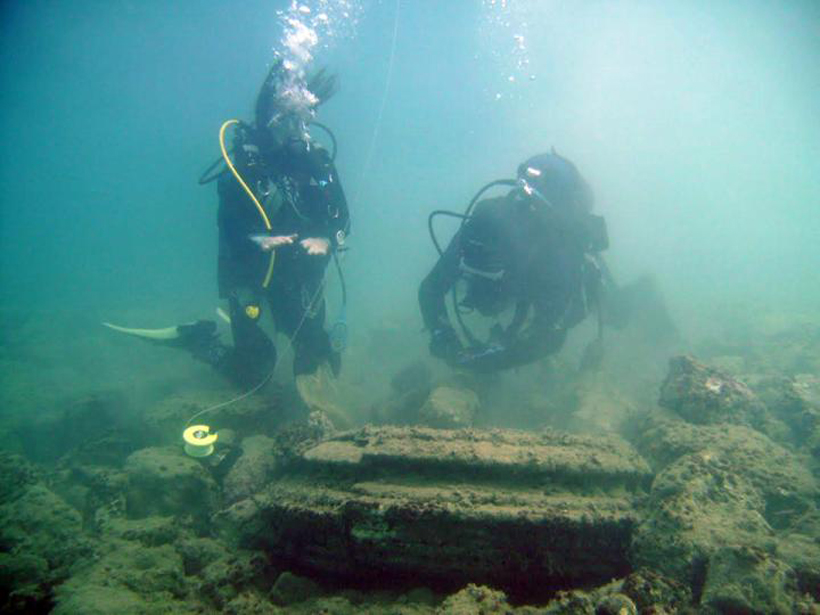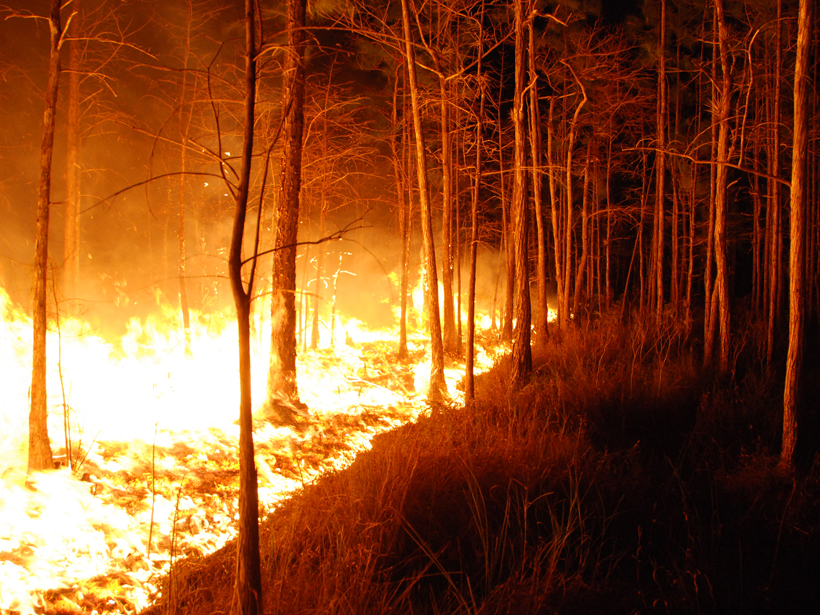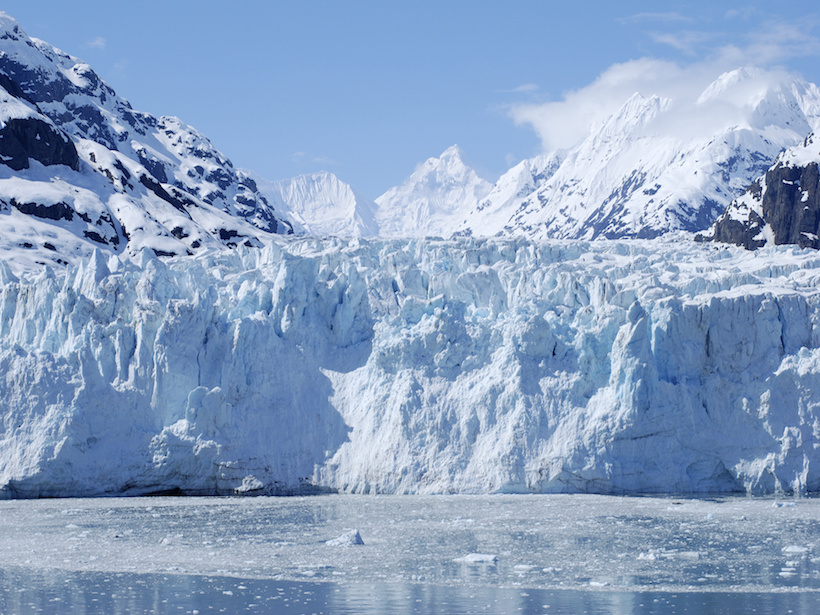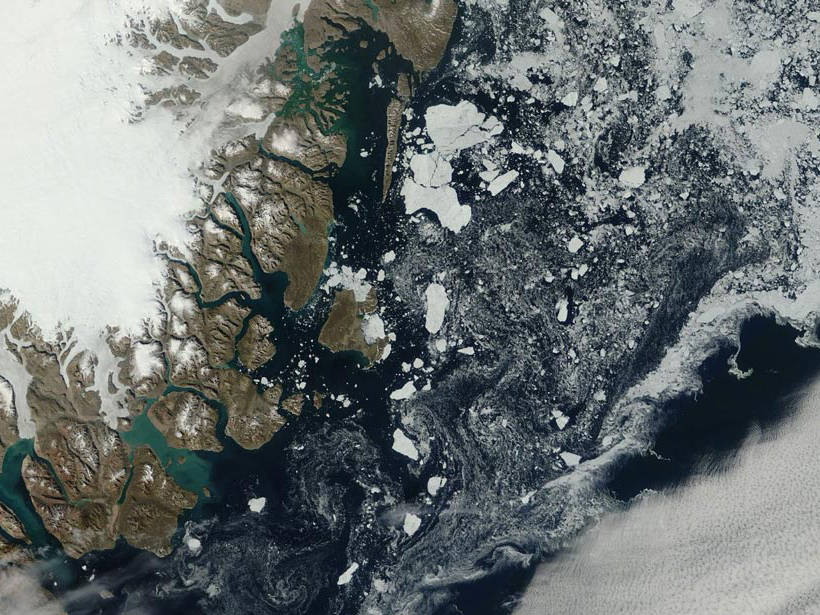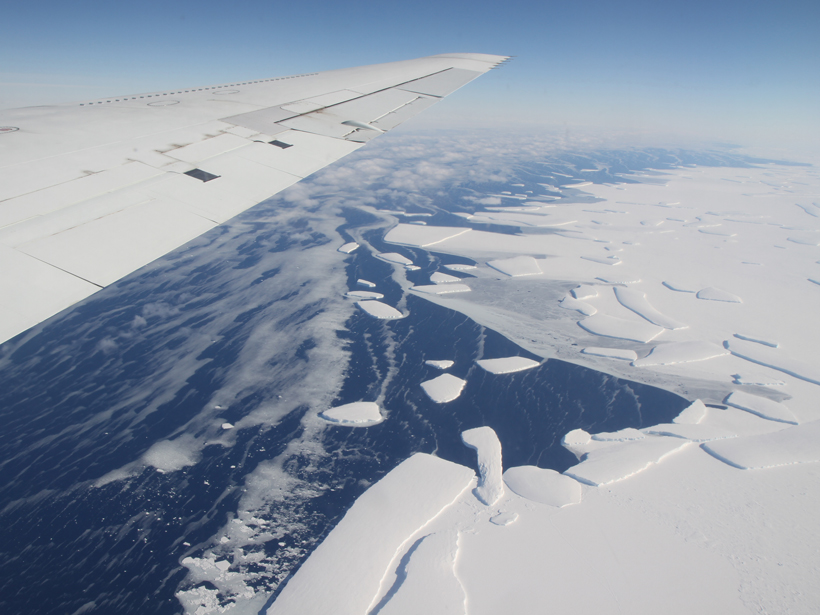New evidence indicates ancient warming spells that coincided with prodigious volcanism and a powerful meteorite impact, both seen as possible causes of mass extinctions about 66 million years ago.
paleoclimatology & paleoceanography
Adapting Weather Forecasting Techniques to Paleoclimate Studies
First results of the Last Millennium Climate Reanalysis Project demonstrate the potential of the method to improve historical climate estimates by linking proxy data with climate models.
"Sunken City" Was Really Made by Microbes
What scientists thought was a sunken Greek city turns out to be the fossils of an ancient hydrocarbon seep from several million years ago.
Curiosity Sends Curious Water Data from Mars
The rover's neutron spectroscopy instrument hints at an unexpected trend: The upper soil levels in the layers of Gale Crater's Kimberley formation seem to hold more water-associated hydrogen.
Paleofires and Models Illuminate Future Fire Scenarios
Advances in Interdisciplinary Paleofire Research: Data and Model Comparisons for the Past Millennium; Harvard Forest, Petersham, Massachusetts, 27 September to 2 October 2015
Insights on Climate Systems from Interglacials
Interglacials provide insights into the impacts of warmer than present conditions in certain regions of Earth.
Current Carbon Emissions Unprecedented in 66 Million Years
An ancient carbon dioxide release associated with a much hotter Earth than today took place at only a tenth the pace of our present atmospheric carbon buildup, a new study confirms.
Scientists Find the Point of No Return for Antarctic Ice Cap
Varying amounts of glacial debris in a core of ancient sediment show the ice cover grew and shrank until airborne carbon dioxide levels fell below 600 parts per million, spurring steady growth.
Characterizing Interglacial Periods over the Past 800,000 Years
Researchers identified 11 different interglacial periods over the past 800,000 years, but the interglacial period we are experiencing now may last an exceptionally long time.
Pleistocene Rocks Tell Tale of Past Ice Sheet Melting
Researchers examine evidence from a past interglacial period to predict sea level rise in the future.

